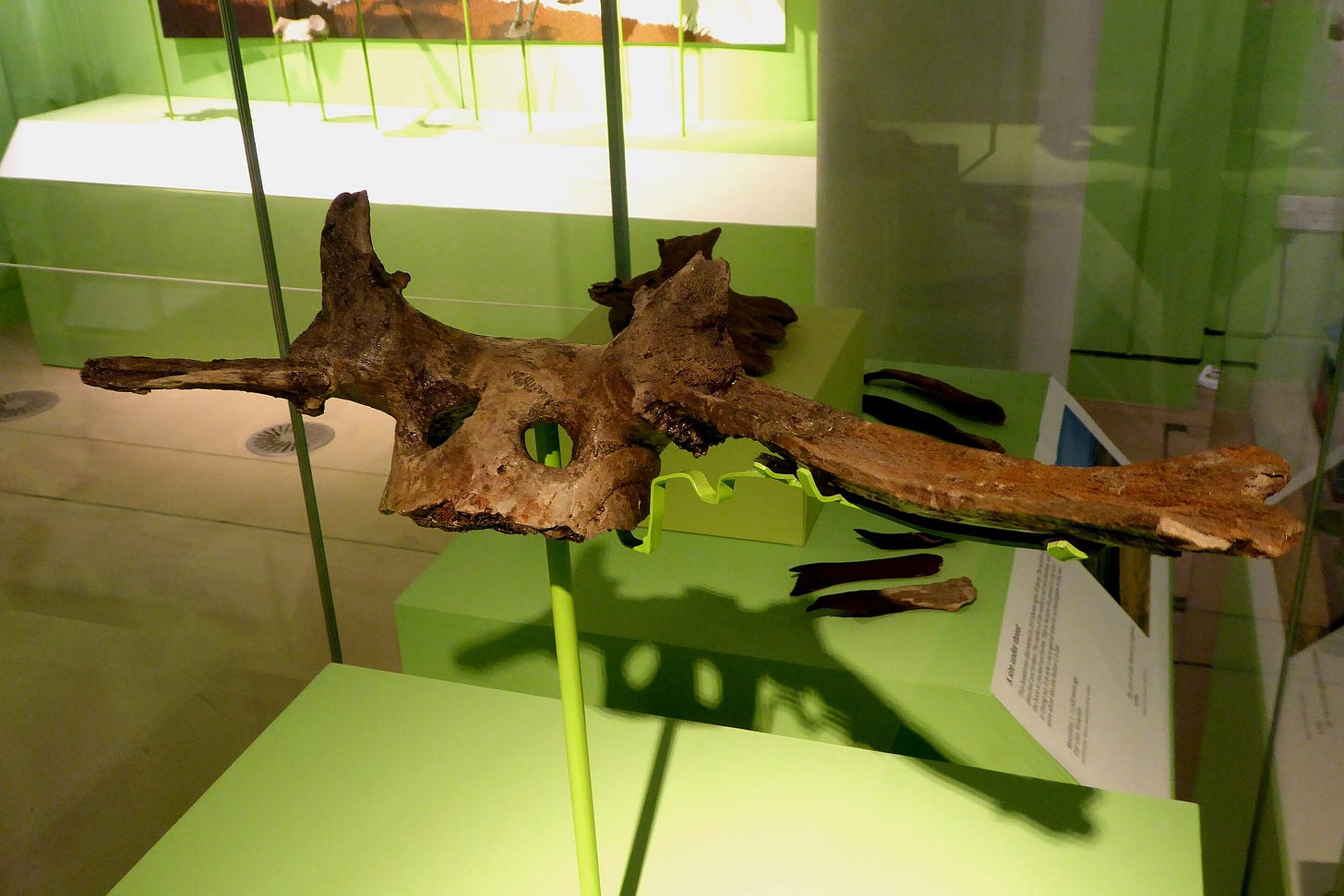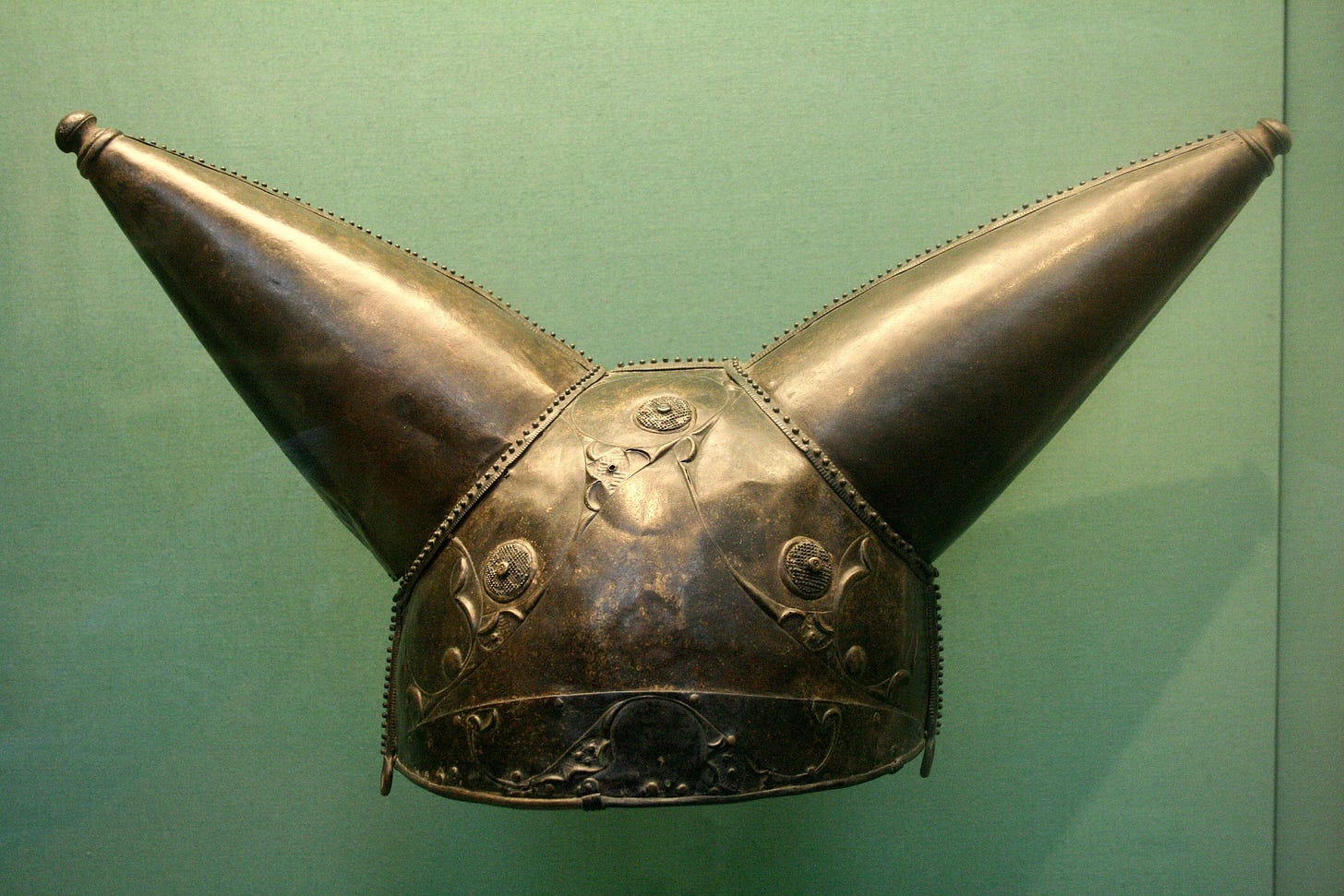Horned Helmets: Ancient Symbols Across Cultures
Ancient fires created flickering light which allowed horned helmets to crown chieftains as well as priests while gods stood silhouetted against ancient horizons. These artifacts spread across millennia through Europe and Britain starting from Mesolithic peat bogs to reach their sacred river sites during the Iron Age thus embodying both religious power and ceremonial beauty.
The mythical depiction of Vikings wearing horned helmets exists only because of medieval false ideas that were reinforced by 19th-century artistic depictions. Horned helmets belonged to ceremonial relics which received respect in Mesopotamian culture and throughout Japan. The article presents evidence from archaeological research to uncover their worldwide influence.
Ancient Origins and Divine Symbols
Mesolithic people in North Yorkshire England manufactured the initial horned headgear during the 8500 BC period at Star Carr. Archaeologists have found 21 red deer frontlets through their excavations which started in 1950 and continued until 2010 among other findings. The frontlets consisted of polished antlers that people used as skullcaps.

The preserved waterlogged peat has revealed headpieces which shamans probably used in their rituals through which antlers symbolized both the vitality of the stag species and access to spiritual domains. Archaeological discovery of animal-inspired headgear from Bedburg-Königshoven, Germany establishes a comprehensive Mesolithic practice of headgear production that predates both the Viking Age horned helmet myth and the historical period of the Vikings.
Horned helmets started to serve as divine symbols during the period of 3000 BC in Mesopotamia. According to the Victory Stele of Naram-Sin found at Susa temple workers crafted a helmet with horns which exclusively belonged to mythical gods Enlil and Anu.
Keep reading with a 7-day free trial
Subscribe to AllThatHistory Weekly to keep reading this post and get 7 days of free access to the full post archives.





